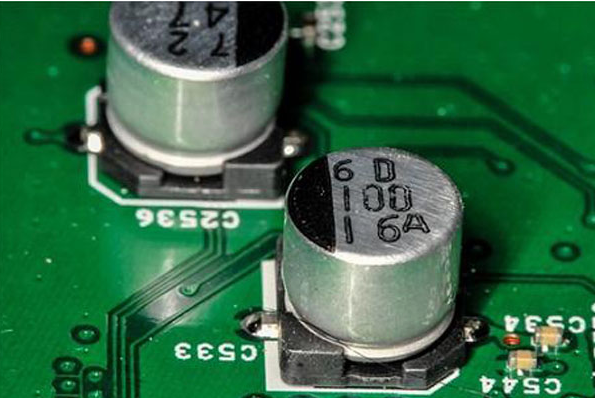The importance of PCB conformal coating thickness
PCB conformal coating thickness is one of the most important characteristics to ensure the long-term reliability of electronic equipment. The minimum coating thickness is essential to provide the functionality required by the conformal coating, but if the conformal coating is applied too thick, it can actually have a negative impact on your level of protection.
Which conformal coating thickness should be used to achieve the best protection?
If we open the technical data sheet of any conformal coating, we will find the recommended coating thickness. It is usually specified as a thickness range rather than an absolute value. In order to understand why conformal coating manufacturers recommend a specific range, we need to understand some coating qualification standards
These standards involve various test methods for measuring conformal coating properties, such as moisture and insulation resistance, dielectric withstand voltage, flammability (for example, according to UL94), etc. All electrical, chemical and physical properties listed in the technical data sheet are measured and evaluated using these. Standardized method. These measurements are made using different test samples coated with the thickness specified by the standard.

All PCB coating material tests are performed within these thickness ranges, so for conformal coating manufacturers, it is the best reference to provide a thickness range that can guarantee given electrical and physical characteristics. Indeed, the thickness values given in the technical data sheet are only recommendations and not requirements. In conformal coating applications, these recommendations may deviate, but it is important to understand the potential consequences:
Low coating thickness, such as less than 25μm (1 mil), may be risky because the dielectric strength and other physical properties are not tested according to standardized test methods. This does not mean that conformal coatings cannot provide the required protection for electronic devices, but standardized test methods will not be extended to lower thicknesses.
High coating thicknesses above the upper limit rarely provide additional protection for PCBs. Coating thicknesses exceeding these upper limits tend to cause coating defects such as cracks, CTE mismatches and wrinkles, and an increase in the possibility of air bubbles in the dry conformal coating film.
In short, the proper conformal coating thickness is the most important of all variables in the conformal coating process. Since PCB manufacturers perform all standardized tests within these ranges, it is important to keep the conformal coating thickness within the range specified in the technical data sheet. In addition, on the contrary, the possibility of coating defects mentioned earlier is increased.
Selective wave soldering machine
Selective wave soldering is a special form of wave soldering invented to meet the requirements of modern soldering processes. It also has three main components: flux unit, preheat unit and welding unit. Through the pre-programmed program, the machine can spray and weld the solder joints that need to be sprayed with flux. The welding efficiency and reliability are higher than manual welding, and the welding cost is lower than wave soldering.
Selective soldering technology is suitable for high-end electronics manufacturing fields, such as communications, automotive, industrial and military electronics industries.
Technical advantages of selective welding
The welding parameters of each solder joint can be "tailored", and the flux spraying amount, soldering time, wave height, etc. of each solder joint can be adjusted to the best, and the defect rate can be reduced, and it is even possible to achieve Zero defect welding of hole components.
|Selective soldering is only the selective spraying of flux for the points that need to be soldered, so the cleanliness of the circuit board is greatly improved, and the amount of ion pollution is greatly reduced. If the Na ions and CI ions in the flux remain on the circuit board, it will be necessary to clean the soldered circuit board for a long time with the air, and selective soldering will fundamentally solve this problem.
The water molecules in the gas combine to form salt to corrode the circuit board and the solder joints, and eventually cause the solder joints to open. Therefore, the traditional production method to select welding is only for welding at specific points. No matter it is spot welding and drag welding, it will not cause thermal shock to the entire circuit board, so it will not be formed on surface mount devices such as BGA. Obvious shear stress will not cause the solder joints to crack due to the overall deformation of the PCB board, thus avoiding various defects caused by thermal shock.